by Phillip Starr
At the very beginning of any form, there is a brief period where you just stand still in a "natural" stance and relax. You're not "damp-rag" relaxed but you're not like a wooden soldier, either. In the internal schools of China (Taijichuan, Xingyichuan, and Baguazhang) this is known as the state of "wuji" (also, "wu-shi") and although most contemporary practitioners tend to ignore it, it's really a very important part of the form. In fact, it's so important that if you don't do it right, your entire form is wong Other martial arts - from aikido to karate to iaido - also use this concept and "positioning" but they call it by different names.
To understand how to stand correctly in wuji, you have to dig into the fundamental concepts of Chinese cosmology. You're all familiar with the double-fish diagram of the Taiji ("Tai-Chi"). Yin and Yang. Yin represents the negative polarity and Yang is positive, although each one contains an element of the other - the potential to turn into the other. Extreme Yin eventually becomes Yang and extreme Yang turns into Yin.
It is said that when the universe was created, that's when Yin and Yang were created (the stage of Taiji was created) and gave birth to the "ten thousand thing" - which, in ancient Chinese terminology - means "everything."
But what existed before the creation of Yin and Yang? What was there before the Big Bang?
Wuji.
The kung-fu teachers who first tried to teach their arts to Americans in a second language (Engrish) had a tough time trying to find the right
word(s) to define the state of wuji. Many of them settled on "nothingness" or even "vacuum." But using those words only created more confusion.
Their students would stand in the position/condition of wuji and just be "blank." Like a wet rag. No-thing. And that's not wuji at all.
Before the creation of Yin and Yang there was the condition of wuji but it wasn't "nothing." It wasn't a vacuum. You can't get "something" out of "nothing." And yet, what wuji is, is neither Yin nor Yang.
It is Potential. That is, it has the potential to expand outward and become something. It has the potential to explode into Yin and Yang.
I know this sounds like so much Oriental mumbo-jumb but listen up, Buckwheat.
When you stand at the beginning of your form you must be neither Yin nor Yang. You must be in (an imitation of) the state known as wuji. You aren't "empty." You have the potential to move and become something...
At the very beginning of any form, there is a brief period where you just stand still in a "natural" stance and relax. You're not "damp-rag" relaxed but you're not like a wooden soldier, either. In the internal schools of China (Taijichuan, Xingyichuan, and Baguazhang) this is known as the state of "wuji" (also, "wu-shi") and although most contemporary practitioners tend to ignore it, it's really a very important part of the form. In fact, it's so important that if you don't do it right, your entire form is wong Other martial arts - from aikido to karate to iaido - also use this concept and "positioning" but they call it by different names.
To understand how to stand correctly in wuji, you have to dig into the fundamental concepts of Chinese cosmology. You're all familiar with the double-fish diagram of the Taiji ("Tai-Chi"). Yin and Yang. Yin represents the negative polarity and Yang is positive, although each one contains an element of the other - the potential to turn into the other. Extreme Yin eventually becomes Yang and extreme Yang turns into Yin.
It is said that when the universe was created, that's when Yin and Yang were created (the stage of Taiji was created) and gave birth to the "ten thousand thing" - which, in ancient Chinese terminology - means "everything."
But what existed before the creation of Yin and Yang? What was there before the Big Bang?
Wuji.
The kung-fu teachers who first tried to teach their arts to Americans in a second language (Engrish) had a tough time trying to find the right
word(s) to define the state of wuji. Many of them settled on "nothingness" or even "vacuum." But using those words only created more confusion.
Their students would stand in the position/condition of wuji and just be "blank." Like a wet rag. No-thing. And that's not wuji at all.
Before the creation of Yin and Yang there was the condition of wuji but it wasn't "nothing." It wasn't a vacuum. You can't get "something" out of "nothing." And yet, what wuji is, is neither Yin nor Yang.
It is Potential. That is, it has the potential to expand outward and become something. It has the potential to explode into Yin and Yang.
I know this sounds like so much Oriental mumbo-jumb but listen up, Buckwheat.
When you stand at the beginning of your form you must be neither Yin nor Yang. You must be in (an imitation of) the state known as wuji. You aren't "empty." You have the potential to move and become something...
When an iaido practitioner kneels (in seiza) and prepares to execute a particular kata (form), he/she begins by relaxing and breathing down to the tanden (dantien). He/She makes three calm breaths before performing the first movement. During this time, he/she is not yet "performing the kata." There is the potential for movement but movement has not yet occurred. It is the stage of wuji.
If you think about the first movement (or any movement at all), if you think about what you're doing...it's not wuji because you're moving. Internally. And that's going to affect the way you begin - and finish - your entire form. Your body will be too tense or tensed in the wrong places, your mind is distracted and running ahead of where the body is, and your spirit is scattered. So is you chi. Remember that where your yi goes, your chi goes.
So reflect on this concept for a while and try to get a feel for what it is. Then apply it to your forms and the rest of your practice.
Potential.



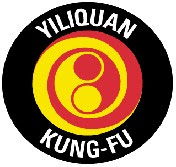
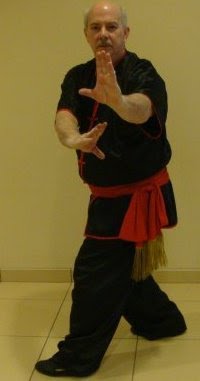


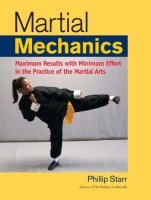



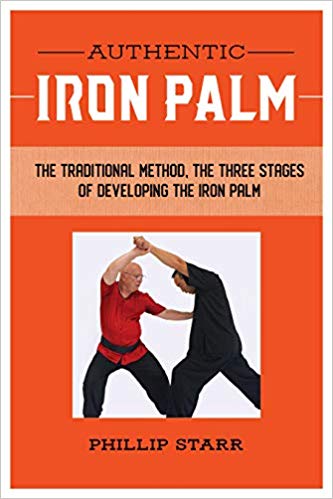
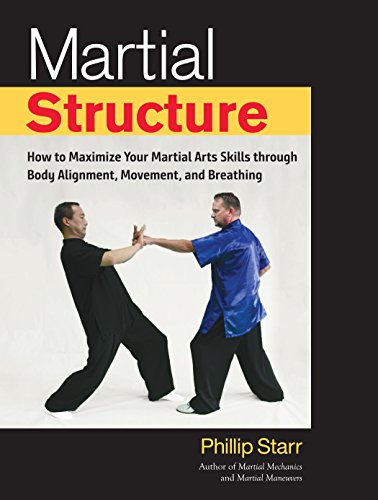


No comments:
Post a Comment